Nestled in the heart of the American West, Yellowstone National Park is a captivating testament to the Earth’s geological wonders and diverse ecosystems. Spanning more than 3,400 square miles, Yellowstone is a treasure trove of natural beauty and unique features, making it a must-visit destination for nature lovers, adventure seekers, and anyone looking to experience the grandeur of the great outdoors. This blog post will take you through the park’s many highlights, visitor tips, and what to expect while exploring this iconic landmark.
A Brief History of Yellowstone
Established in 1872, Yellowstone holds the distinction of being the first national park in the United States and also the world. The park was created to preserve the stunning geothermal features and unique landscapes which were, at that time, largely unknown to the general public. The area has long been valued by Indigenous Peoples, who consider it sacred and have inhabited the lands for thousands of years. The creation of the national park marked a significant shift in conservation efforts, setting a precedent for the establishment of national parks globally.

Getting There: Access and Transportation
Yellowstone National Park is accessible from several directions, with the most popular entry points located in Wyoming. The park can be reached by car, and major highways lead to its entrances. The closest airports are in Jackson Hole and Bozeman. If you’re flying in, renting a car will provide the flexibility to explore the vast landscape at your own pace. Bear in mind that due to its size, navigating the park can take time, and planning your itinerary ahead of time is crucial.
Once inside the park, keep in mind that certain areas might be closed or accessible only via designated roads due to seasonal weather changes or ongoing maintenance. The park operates a shuttle service during the peak season, offering an alternative for tourists who prefer not to drive.
Must-See Attractions
1. Old Faithful Geyser
Old Faithful is perhaps the park’s most famous geothermal feature, known for its predictability and reliability. Eruptions occur approximately every 90 minutes, shooting boiling water up to 185 feet in the air. Visitors can enjoy the area’s various amenities, including the Old Faithful Inn, a historic log hotel that offers dining options and a unique perspective on the eruptions.
2. Grand Prismatic Spring
One of the most photographed spots in Yellowstone, the Grand Prismatic Spring mesmerizes with its vibrant colors—an iridescent ring of blue, green, and orange, resulting from various heat-loving bacteria that thrive in the hot waters. The best view comes from the nearby Fairy Falls Overlook, where a short hike rewards visitors with breathtaking panoramic views.
3. Mammoth Hot Springs
Mammoth Hot Springs is an otherworldly landscape characterized by travertine terraces formed from calcium deposits. The area offers a variety of boardwalks and pathways to walk around and engage with the unique geology. The historic Fort Yellowstone is also nearby, featuring structures that date back to the early 1900s.
4. Lamar Valley
Known as the “Serengeti of North America,” Lamar Valley is one of the best wildlife viewing spots in Yellowstone. Here, you can spot bison, elk, wolves, and bears. Early mornings and late afternoons often yield the most animal activity, so plan your visit accordingly for the chance to experience the park’s wildlife in action.
5. Yellowstone Lake
The largest high-elevation lake in North America, Yellowstone Lake offers stunning views and a range of recreational activities such as boating, kayaking, and fishing. Take a stroll along the shoreline or embark on a guided boat tour to discover the area’s stunning vistas while learning about its geology and ecology.
6. The Grand Canyon of the Yellowstone
A breathtaking gorge carved by the Yellowstone River, the Grand Canyon of the Yellowstone showcases towering cliffs and a series of magnificent waterfalls. The Upper and Lower Falls are highlights, the latter plunging a stunning 308 feet. Various viewpoints such as Artist Point provide spectacular photographic opportunities.
Planning Your Visit
1. Best Times to Visit
Yellowstone is a year-round destination, with each season offering a different experience.
- Summer (June to August): This is the park’s peak season. Expect warmer weather, longer days, and a vibrant array of flora and fauna. However, it can be crowded, so be sure to make reservations in advance for accommodations and activities.
- Fall (September to October): Fall is a quieter time in Yellowstone, offering cooler temperatures, stunning fall foliage, and fewer tourists. Wildlife such as elk can often be seen during their mating season.
- Winter (November to March): The park transforms into a winter wonderland, with snowshoeing, cross-country skiing, and snowmobile tours being popular activities. Access is limited, with only a few roads open to vehicle traffic, but guided tours allow for unique vistas of geothermal features framed by snow.
- Spring (April to May): Spring is a time of renewal, with wildflowers blooming and baby animals emerging. It’s also less crowded, making it an excellent time to visit for those wanting a more solitary experience.
2. Stay Safe and Prepared
While the scenery is breathtaking, it’s important to be prepared while visiting Yellowstone. Here are a few tips:
- Wildlife Encounters: Keep a safe distance (at least 100 yards from bears and wolves, 25 yards from bison and elk). Feeding or approaching wildlife is prohibited and dangerous.
- Weather Awareness: Weather conditions can change rapidly in Yellowstone. Dressing in layers and being prepared for rain or sudden temperature drops is essential.
- Stay on Trails: Ensure your safety by sticking to established paths and boardwalks, especially around geothermal features. The ground can be unstable and dangerous.
- Hydration and Supplies: Always carry water, snacks, a first aid kit, and bear spray if you’re venturing into remote areas.

3. Accommodations and Dining
Yellowstone offers a range of accommodations from campsites to lodges. Reserve accommodations well in advance, especially for in-park lodging, which fills up quickly during peak seasons. Outside the park, towns like Jackson and Cody provide additional lodging options.
Dining varies from casual cafes to fine dining experiences within the park. Many in-park facilities offer grocery services for those planning to camp or self-cater.
Yellowstone National Park is a stunning convergence of natural beauty, geological wonder, and rich history, making it an unforgettable destination for visitors of all ages. Whether you’re marveling at the famous geysers, encountering diverse wildlife, or simply absorbing the serene beauty, a visit to Yellowstone offers a chance to connect with nature and appreciate the wild landscapes that are an integral part of American heritage.
As you plan your trip to this remarkable national park, remember to respect the land, follow safety guidelines, and keep the spirit of adventure alive. So pack your bags, bring your sense of wonder, and get ready to explore one of nature’s most incredible masterpieces!

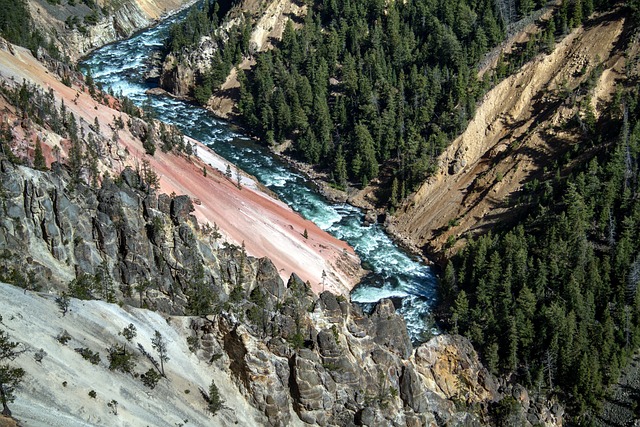
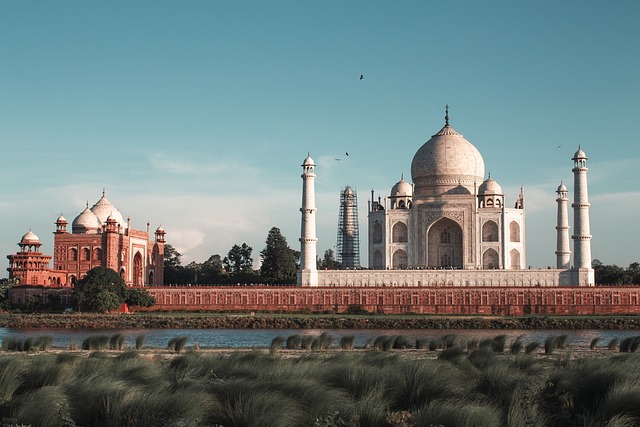
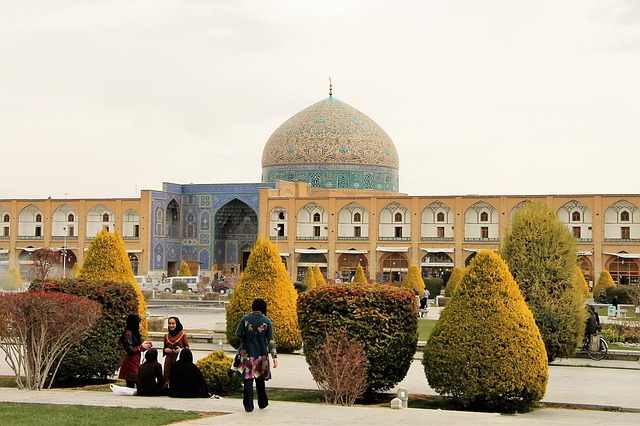
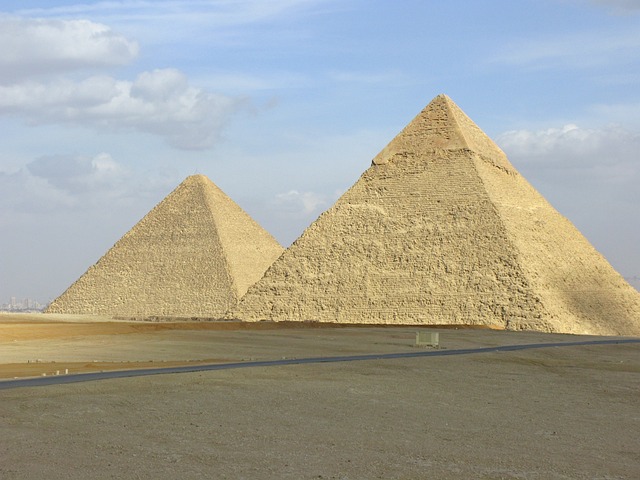
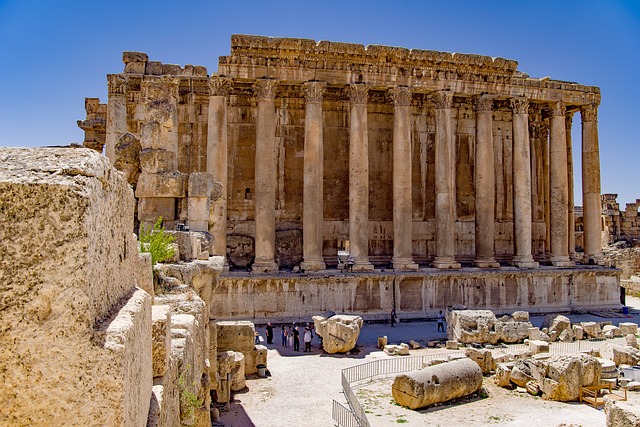
Heya i’m for the first time here. I found this board and I find
It truly useful & it helped me out a lot. I hope to give something back and help others like you helped me.
Yellowstone National Park truly seems like a breathtaking destination, and your post captures its essence beautifully. I love how it highlights not just the park’s natural wonders but also its historical and cultural significance. The fact that it was the first national park in the world is such an important piece of history, and it’s fascinating to learn about its Indigenous roots. The tips on accessibility and planning are super helpful, especially for first-time visitors. Old Faithful sounds like a must-see, but I’m curious—what other hidden gems in the park would you recommend for someone looking to explore beyond the obvious highlights? Your post has definitely inspired me to start planning a trip, but I’d love to hear more about your personal favorite spots or experiences in Yellowstone!